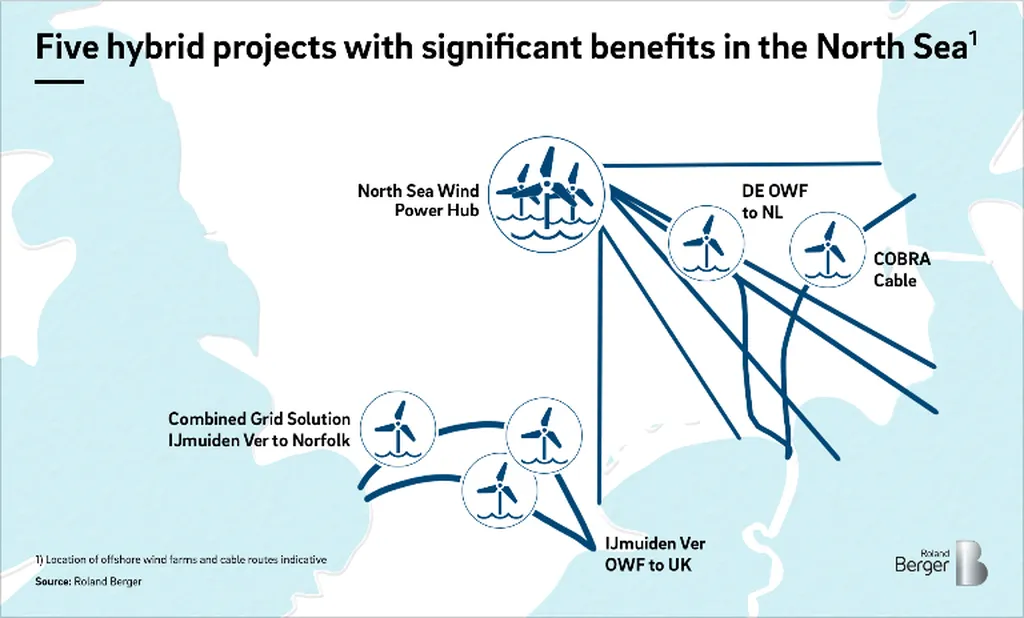In the vast, windswept expanses of the ocean, a revolution is brewing. Offshore wind farms, once a niche player in the renewable energy landscape, are now poised to become a major force in the global energy mix. But as these farms grow in size and capacity, so too do the challenges of integrating their power into the onshore grid. Enter Wang Xiang, a researcher from the School of Electrical and Electronic Engineering at Huazhong University of Science and Technology in Wuhan, China. Xiang and his team have proposed a novel solution that could significantly enhance the economic efficiency of large-scale offshore wind integration systems.
The conventional approach to offshore wind integration involves using alternating current (AC) cables to collect energy from the turbines and high voltage direct current (HVDC) transmission technology to deliver it to the onshore grid. However, as the capacity of offshore wind farms increases, this scheme can become prohibitively expensive. “The high costs for collection systems and offshore platforms are a significant barrier to the expansion of offshore wind farms,” Xiang explains.
To overcome this challenge, Xiang and his team have proposed a hybrid AC/DC collection and HVDC transmission concept. In this system, wind farms near the offshore converter platform are integrated using AC collection cables, while more distant farms are integrated using DC collection cables. Both types of cables feed into an offshore converter platform, which features a three-terminal hybrid AC/DC/DC hub.
This innovative approach offers several advantages. By reducing the operating power capacity and power loss of the offshore converter, the hybrid system can enhance the overall economic efficiency of the integration system. “Our simulations have shown that this concept can significantly reduce costs and improve the reliability of offshore wind integration,” Xiang says.
The potential commercial impacts of this research are substantial. As the demand for renewable energy continues to grow, so too will the need for efficient and cost-effective methods of integrating offshore wind power into the grid. Xiang’s hybrid AC/DC collection and HVDC transmission concept could play a pivotal role in this process, helping to accelerate the transition to a more sustainable energy future.
The research, published in the Chinese Society for Electrical Engineering Journal of Power and Energy Systems, has already garnered significant attention in the energy sector. As more companies and governments look to expand their offshore wind capabilities, the demand for innovative solutions like Xiang’s is only set to increase. The future of offshore wind integration is looking increasingly bright, and it’s clear that hybrid systems will play a crucial role in shaping that future.

